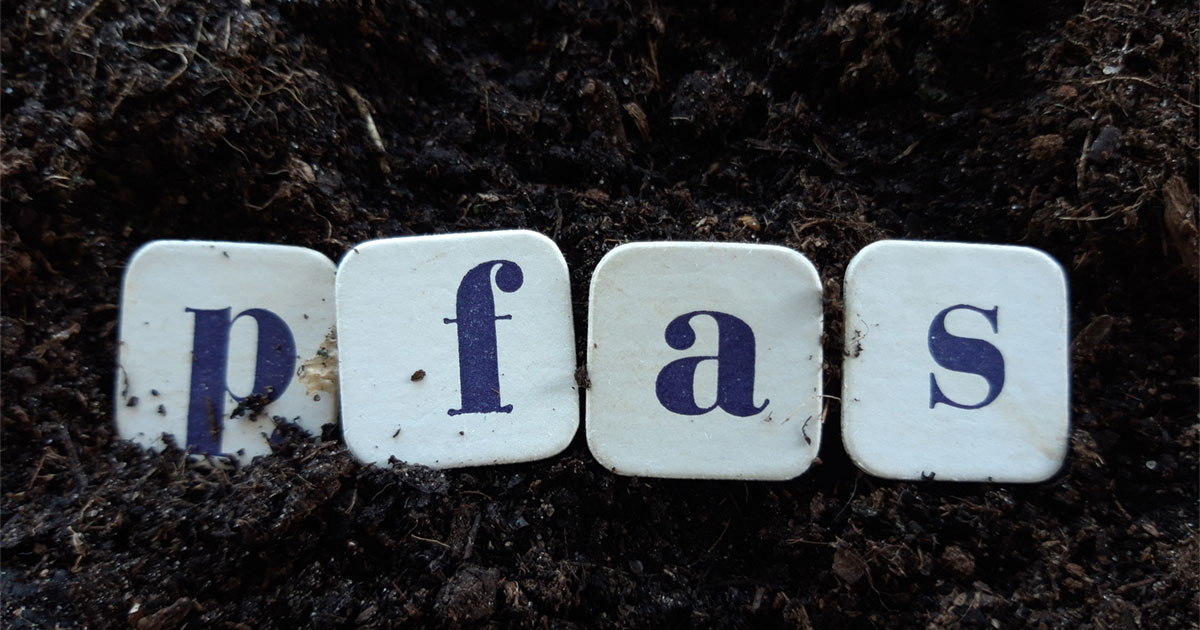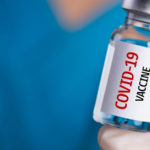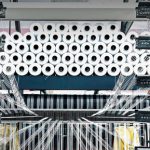
(Picture courtesy: enviroforensics.com)
AAFA Submitted Comments to California legislature on AB 1817
AAFA submitted comments to amend AB 1817 to that, if adopted, would make this legislation stronger, more effective, and focused on those PFAS chemicals that can bioaccumulate and have the potential to migrate from textiles into the environment, and put us on a path to bring more sustainable alternatives on line as quickly and efficiently as possible. The letter is reproduced below:
March 15, 2022
The Honorable Phil Ting
Member of the Assembly
State Capitol Sacramento, CA 95814
RE: AB 1817 (Ting) Product safety: textile articles: perfluoroalkyl and polyfluoroalkyl substances (PFAS)
Dear Assembly Member Ting:
On behalf of the American Apparel & Footwear Association (AAFA), I am providing these comments regarding AB 1817 Product safety: textile articles: perfluoroalkyl and polyfluoroalkyl substances (PFAS).
We are writing to offer several recommendations that, when adopted, will make this legislation stronger, more effective, and focused on those PFAS chemicals that can bioaccumulate and have the potential to migrate from textiles into the environment, and put us on a path to bring more sustainable alternatives on line as quickly and efficiently as possible.
The American Apparel & Footwear Association (AAFA) is the national trade association representing apparel, footwear and other sewn products companies, and their suppliers, which compete in the global market. Representing more than 1,000 world famous name brands. We are the trusted public policy and political voice of the apparel and footwear industry, its management, and shareholders, its three million U.S. workers, and its contribution of more than $350 billion in annual U.S. retail sales.
AAFA provides exclusive expertise in trade, brand protection, and supply chain & manufacturing to help our members navigate the complex regulatory environment, lower costs, and grow their sustainability and product safety efforts. With many of our members engaged in the production and sale of children’s clothing and footwear, we are on the front lines of product safety. It is our members who design and execute the quality and compliance programs that stitch product safety into every garment and shoe we make. To support our members in this effort, AAFA has taken the lead in educating our industry on the development, interpretation, and implementation of product safety standards and regulations.
Collectively, we support the responsible production, use and management of fluorinated substances, including regulatory requirements that are protective of human health and the environment, taking into consideration the diversity of physical and chemical properties and the environmental and health profiles of these substances.
As it relates to AB 1817, we note that the bill lacks any mechanism for a product or component manufacturer to demonstrate that certain PFAS in specific product applications do not present any hazards or exposure potential to the user or harm to the environment. A broad-brush approach that forces these materials out of the marketplace will create additional pressure on supply chains for alternatives, creating scarcity and increasing costs for consumers without achieving any additional human health or environmental protection. Furthermore, previous legislation in this space – AB 652 (Friedman, 2021) – acknowledged the varying uses and potential exposure pathways by including critical exemptions for a variety of product categories that contain PFAS chemistries. These exemption provisions reinforce the need to avoid a broad-brush approach.
We respectfully request that you work with the manufacturing and retail stakeholders to create a pathway in this legislation for product-specific determinations based on reliable scientific evidence, and on amendments to address the following issues that would create impediments to implementation and development of alternatives and restrict access to high-performance products.
Conformity with existing PFAS legislation AB 1817 should be harmonized with definitions and exclusions negotiated in previous PFAS legislation.
Of particular importance, the definition of “regulated PFAS” should conform to the definition established in AB 1200 (Ting, 2021) and AB 652 (Friedman, 2021) – which applies to products or product components containing PFAS at or above 100 parts per million. This approach is intended to avoid situations where the PFAS in the product is the result of trace concentrations that may occur in the manufacturing process, in the product supply chain or during sample testing. Replacing this language with PFAS present “at or above the practical quantitation limit” greatly increases the probability that even products designed without any intentionally-added PFAS would be subject to the prohibition.
Definition of “textile” and other clarifications are needed AB 1817 should be amended to retain scope and clarity of what is meant by “textile.” Given that AB 1817 is intended only to apply to clothing or apparel, textile is too broadly defined and would include many additional items made from natural, manmade or synthetic fiber, yarn, or fabric. As industry, conformity and specificity are needed in this definition of textile and absent the clarification, further ambiguity will exist.
The definition of PFAS chemicals should be amended to exclude fluoropolymers, such as PTFE, which do not break down to be a source of non-polymer PFAS unless exposed to extremely harsh temperatures or chemicals that would themselves have a negative impact on human life.
It should also be noted that AB 1817 fails to address existing ambiguity surrounding “juvenile products,” such as disposable diapers. If disposable diapers are defined as a juvenile product under AB 652 (Friedman, 2021), the operational effective date of July 2023 would apply. If disposable diapers are more akin to a textile product, then the January 2024 effective date would instead apply. This legislation should address the current ambiguity to provide clear statutory implementation language for manufacturers and limit supply interruptions.
Alignment with Safer Consumer Products Program listing DTSC recently adopted a Priority Product listing for treatments containing PFAS for use on converted textiles or leathers. DTSC has determined that these treatments present PFAS exposure potential to users and pathways for environmental contamination, principally through product application, use, laundering and product disposal. The AB 1817 fact sheet correctly observes that DTSC’s listing is confined to aftermarket treatments and does not cover manufacturer-applied treatments. In recognition of DTSC’s regulatory action, and the regulatory gap identified by the author, AB 1817 should be limited to manufacturer applied PFAS treatments designed to achieve water, oil, or stain resistance in textile articles.
The proposed PPE exclusion is too narrow AB 1817 would exclude from the definition of “apparel” personal protective equipment (PPE) for “industrial applications.” The term “industrial applications” is not defined in the bill and could be narrowly interpreted. PPE is designed for many other applications, such as firefighting, emergency
medical services, law enforcement and military, where material performance is critical to the health and safety of the user, and alternatives to PFAS-containing products do not provide acceptable performance.
To ensure that PPE remains available and effective in critical applications, the exclusion should cover all PPE designed to protect the user from exposure to a range of known hazards, including but not limited to hazardous substances and mixtures, biological agents, radiation, high and low temperature environments, electrical shock and cuts and punctures.
More transition time is needed The PFAS prohibition for textile articles would take effect on January 1, 2024, just one year after the effective date of the bill. While some manufacturers are already working to transition their product lines to PFAS-free alternatives, in many cases this process is complex, involving research and development of new materials, wholesale redesigns of existing products and establishing new supply chains. For most manufacturers, including those already working toward alternatives, more time will be necessary to bring new products to market than the bill currently allows.
In conclusion, we appreciate the opportunity to submit comments and we believe there are many opportunities for further collaboration. We look forward to continuing to work with California legislature on the regulation of substances in consumer products for the benefit of consumer product safety and public health. In the meantime, our members continue to design and execute the quality and compliance programs that emphasize product safety for every individual who steps into our apparel and footwear products.
Thank you for your time and consideration in this matter. Please contact Trisha DelloIacono of my staff at (917)863-1009 or [email protected] if you have any questions or would like additional information.
Sincerely,
S/D
Steve Lamar President & CEO





